Me in my studio: 65daysofstatic
The Sheffield experimentalists on “a studio full of holes and dust and mischief and doubt and broken dreams”

Welcome
Sheffield experimentalists 65daysofstatic have been keeping critics and their audience guessing for a decade now, refusing to be boxed in by genre or expectation.
From the ‘glitch and guitars’ of 2004 debut, The Fall Of Math, they’ve since dabbled in techno, drum ‘n’ bass, post-rock, math rock, IDM, drone and breakcore, scoring films and video games - the critically acclaimed No Man’s Sky in 2016 - along the way.
Having gone further down the compositional rabbit hole by building their own procedural musical systems and generative soundscapes, the band have since focused on crafting custom synths, live coding and writing software, the result being replicr, 2019, a new album (available on 27 September) that’s cheerily described as “42 minutes of dread”.
Undeterred, we asked 65daysofstatic to give us a pictorial guide to their studio space, and it turns out to be as unconventional as you might expect…
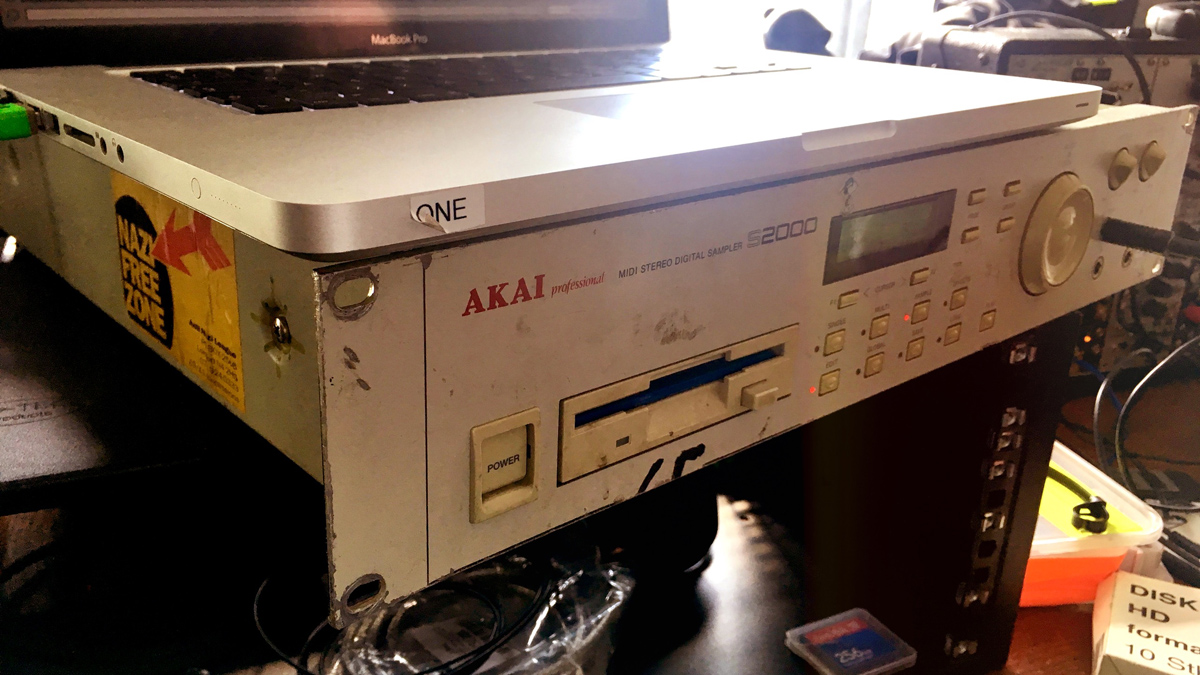
1. Akai S2000
“This Akai has been with me since 1998, around three years before 65daysofstatic even began. It's got a little bit of extra RAM so it holds around 60 seconds of 44kHz audio in stereo.
“In the beginning it was the source for all of our electronics, driven by MIDI from a laptop that was nowhere near powerful enough to even think about processing audio. As technology got cheaper, lighter and smaller than the Akai, and we started touring more and more, it got sidelined for about ten years, but never forgotten.
“These days it resides in an increasingly central place in the various electronic systems we build, dismantle and build again. There's something about the punch of its 16 bits; the grit that cannot be heard but allows samples to somehow always cut through the mix. Embracing the limits of its polyphony brings out particular characteristics that feed into the broad sound 65daysofstatic are always striving for in one way or another, which is essentially the sound of technology on the edge of collapse.”
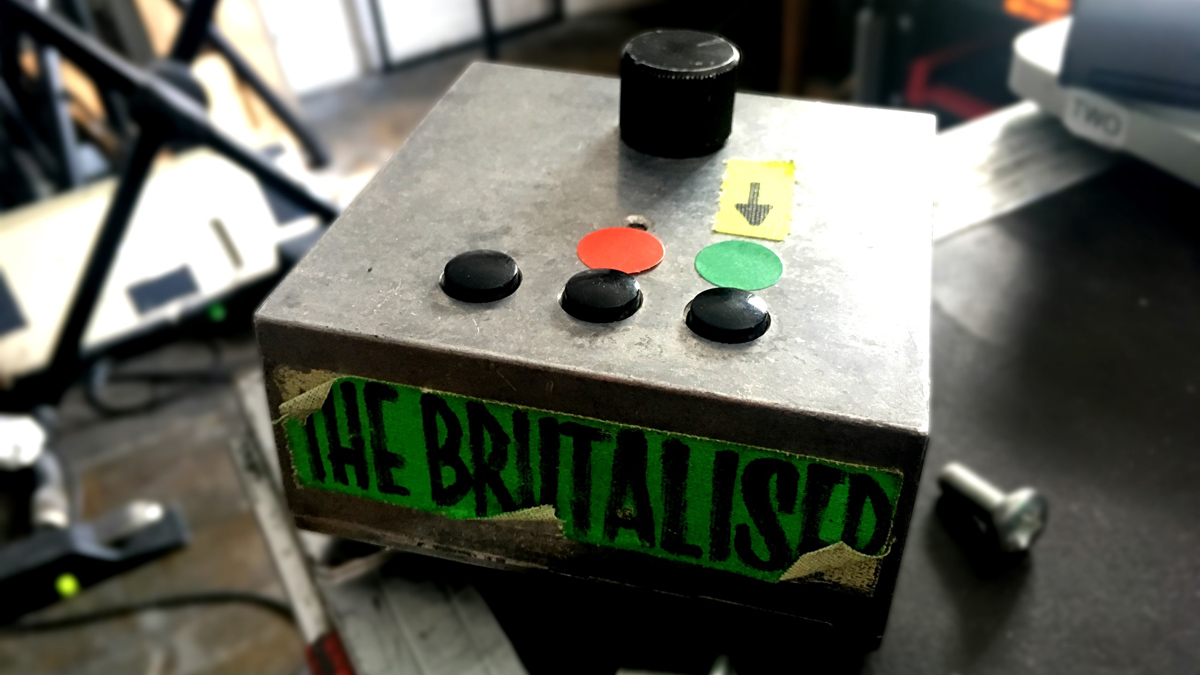
2. The Brutaliser
“It's not an exaggeration to say that the number of MIDI controllers that have broken on, or been broken by 65daysofstatic in our years as a band must be approaching triple figures. As the years go on, the worse it gets - the cheaper the build quality, the sketchier the circuitry.
“I guess there are entire MIDI cities in China at this point, churning these things out 24 hours a day. So many black boxes with different combinations of LEDS, cheap pots and faders, all doing the same thing in slightly different ways, most wholly inadequate for the rigours/carelessness of a band on tour.
“Fortunately, Simon from the band is a bit of a polymath and, a few years ago, fed up with the debacle of us rushing around some random European city two hours before a show desperately looking for a replacement for whatever brittle piece of plastic had broken that day, he started building gear himself.
“The Brutaliser was one of his first pieces and it still works now. It's got to be at least six years old. Cased in cold, angry metal, it does one thing well: it has a single MIDI CC dial, and three MIDI note triggers. The Brutaliser is the main controller for the 65daysofstatic live show. It is our literal boss.”
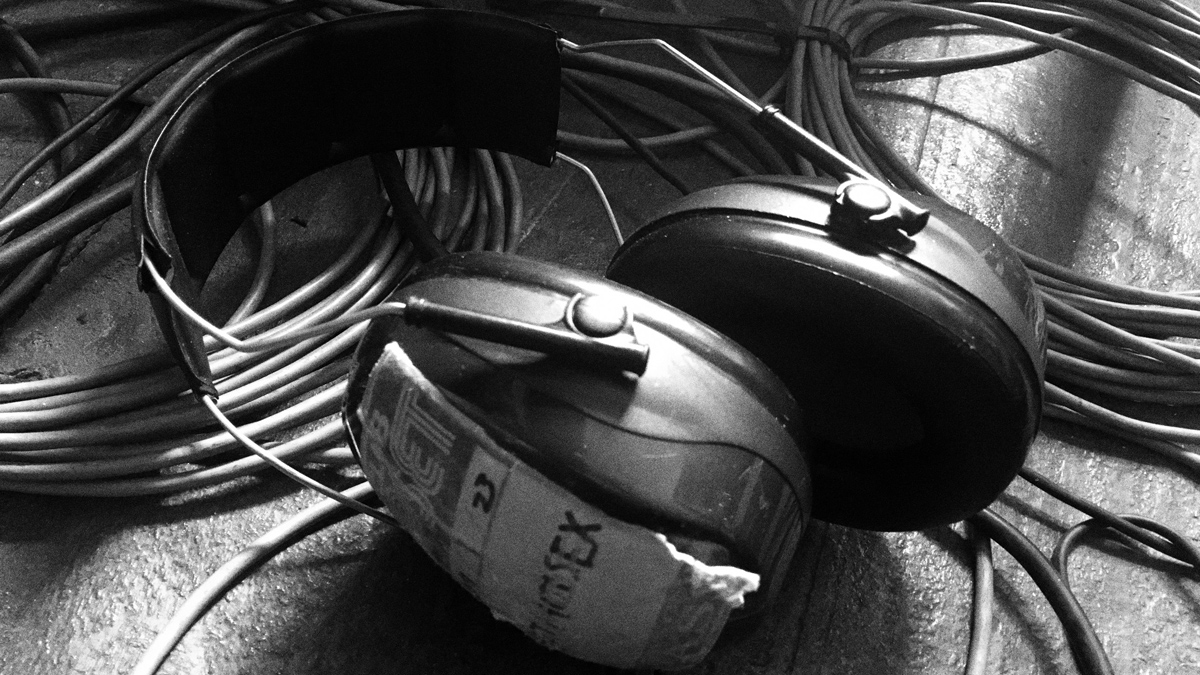
3. Peltor Ear Defenders
“I daydream sometimes about what it might be like to be in a band that has slowly, over years of modest musical success, cultivated a studio environment that becomes a kind of sacred space.
"Maybe we'd have a wall of vintage analogue synths. A glistening rack of guitars. Probably some old Soviet outboard gear full of valves and pristine circuitry. A small selection of Neve preamps to hold everything together and a nice sofa at the back of the room. Unless music was being recorded or mixed in this glorious studio, a silent reverence would hold.
“But it turns out that I'm in 65daysofstatic and our studio is full of holes and dust and mischief and doubt and broken dreams, all lorded over by a cacophony of confused guitar pedals, drum Jenga, synth death and general angry shouting about the music industry/capitalism/lack of coffee. At 65HQ ear defenders are not a luxury, they are a way of life.”
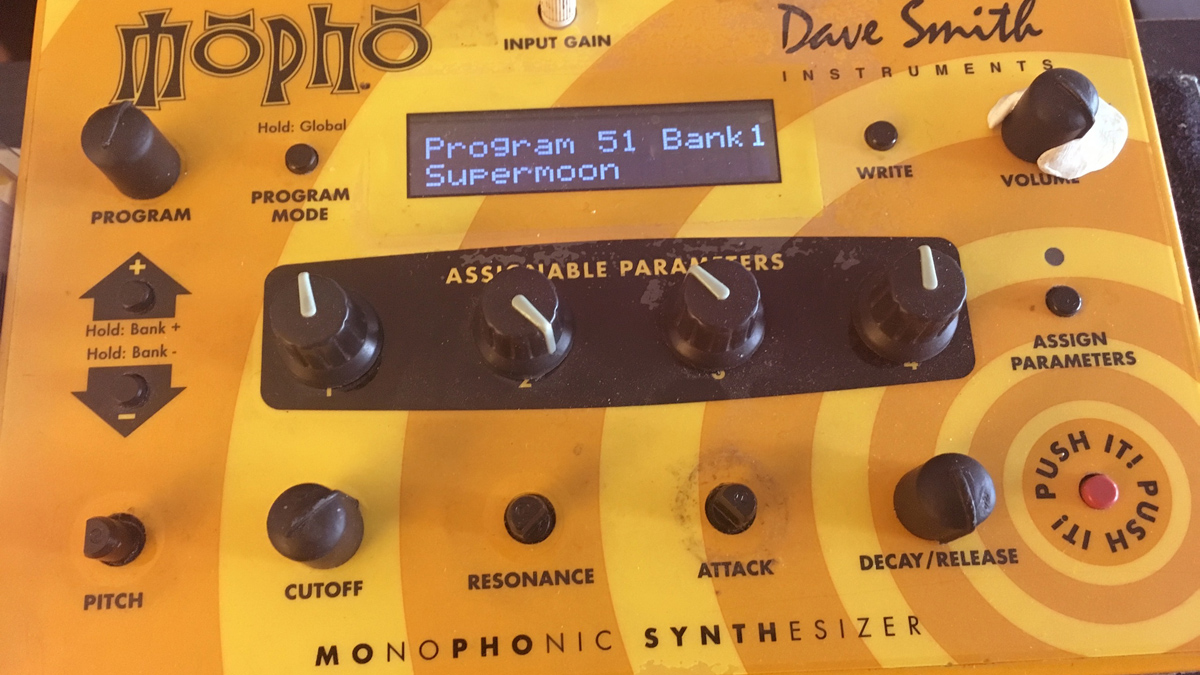
4. Dave Smith Mopho
“If we had the means to get hold of an ocean's worth of analogue polysynths we absolutely would. But we don't.
“The Mopho, although monophonic, has the kind of oscillator quality that you'd expect from a Dave Smith instrument. It's featured on the last three (?) 65days records and been put through every combination of guitar FX pedals and amplifiers you can imagine.
“If you're after a nice clean/dirty sawtooth wave then it doesn't get much better. If you're after something more complex and specific then the user interface is pretty bad. If you don't care where you end up as long as it's some kind of weird noise then it's great.
“Overall, it's definitely nice to have around and better than software synths for basic waveform action. It's got a stupid name, though. ”
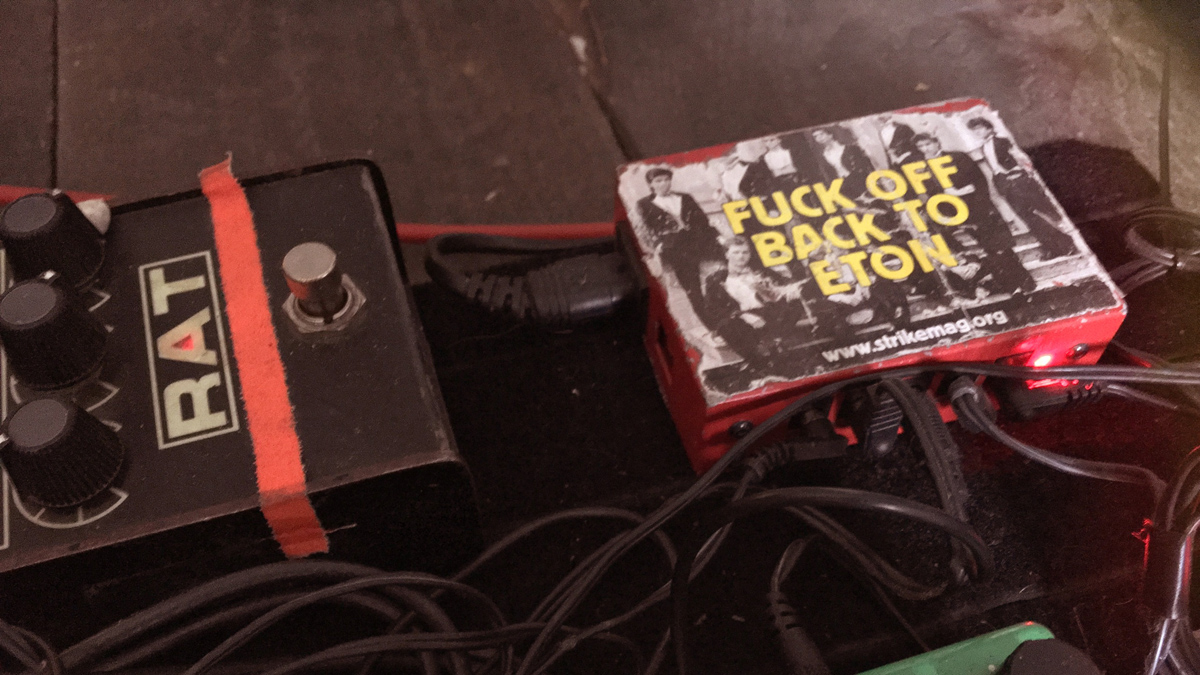
5. Modded Fuel Tank Power Supply
“There's compelling research in the world of psychoacoustics and acoustic science that not only do ears that belong to humans with socialist leanings hear with more clarity, wit and romance, but also that using electricity that is filtered through the politics of the radical left provides a more equal, emancipatory power that can allow for greater fidelity across a range of approaches to both composition and audio production.
“Having studied this research, our guitar tech Frank modded the T-Rex FuelTank Power Supply. The application of a 'FUCK OFF BACK TO ETON' decal boosted the socialist voltage content. The distribution model of how the power reaches the pedals was entirely revolutionised. To each pedal according to its needs.”

6. Amp Peacock
“Rescued by 65days from a Christmas display in a Las Vegas hotel during a particularly weird period in 65 history, the Amp Peacock now resides at 65HQ. With his previous training as a peacock whisperer, guitarist Joe is the only member of the band able to converse with this brave but melancholy bird.
“Sitting atop an Orange Something Or Other Guitar Amplifier, her stern attitude and the Vegas sadness visible in her eyes has had an unexpectedly useful effect on Joe's guitar tone, especially in the 2-3khz range. It adds a polish to the sound somewhat akin to an API 550 equaliser unit, with a touch of the kind of gleaming treble you'd expect from Vintage ‘30s speakers housed in a MATAMP cab. We keep the door carefully locked so the Amp Peacock cannot escape.”
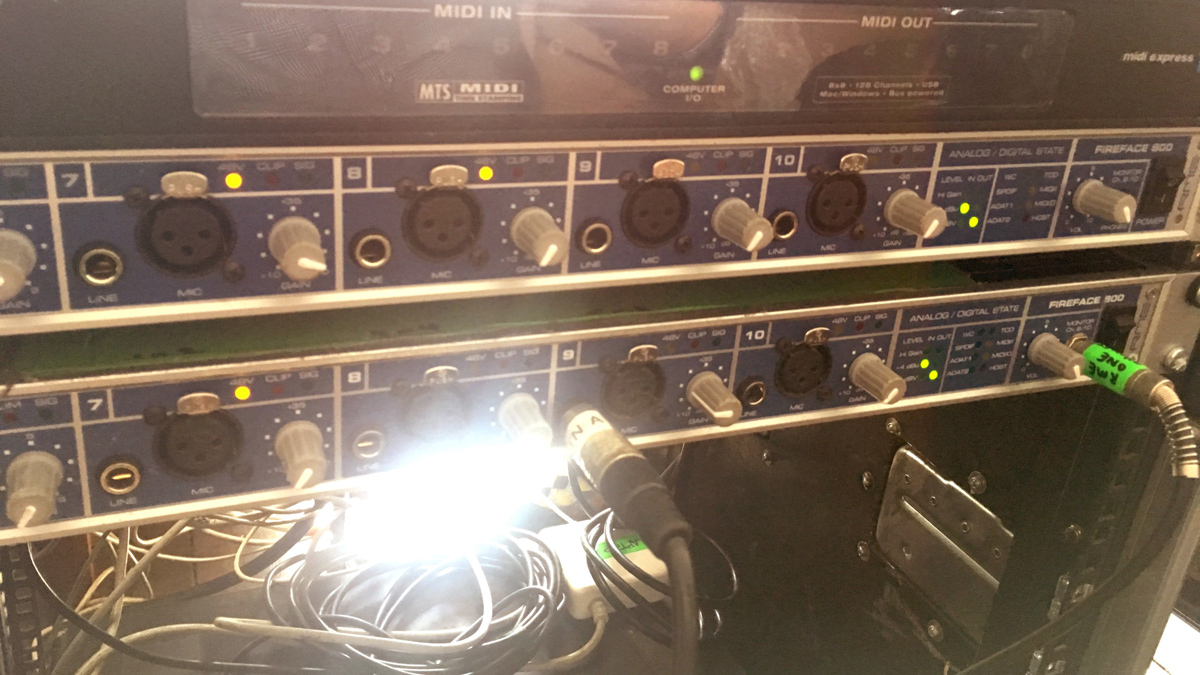
7. RME Fireface 800s
“This utilitarian couple have been inseparable for almost a decade and, apart from a couple of dodgy FireWire connections and a mysterious ability to break and then mend their ADAT connections with impeccably bad timing, they have been the workhorses of both 65HQ and the 65 live rig.
“(In case it's not apparent, we are not successful enough to be able to have a permanent studio. We need most of our studio gear to be able to play live and so 65HQ, much like the Ise Grand Shrine, is regularly destroyed and rebuilt anew every time we tour. It's a good way to keep tradition in check, to be honest.)
“The RMEs are still going strong. In a studio setting they have OK preamps and A/D conversion. For live, each is connected to a separate laptop and about 14 channels of electronics are sent to front-of-house via these units.”
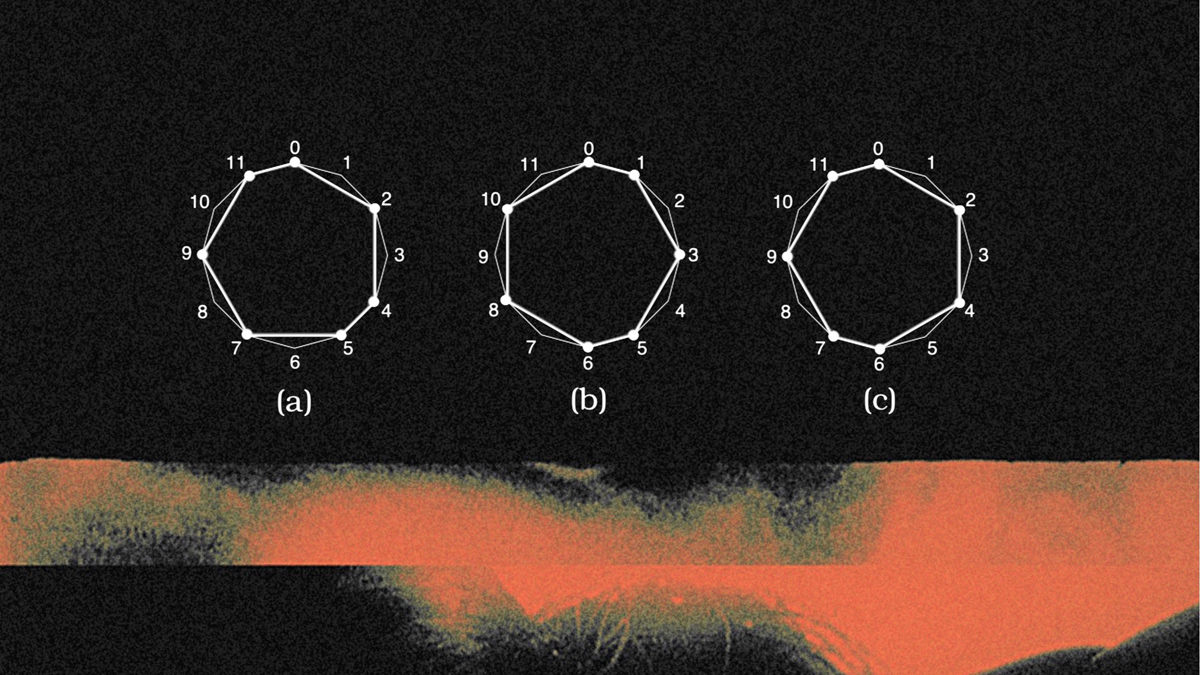
8. The Bjorklund Algorithm
“A while ago, an academic paper was published by a guy named Bjorklund in some technical journal about the mechanical minutiae of a neutron accelerator that involved a mathematical function whereby X number of pulses needed to be distributed across Y number of steps as evenly as possible. This research was picked up by another academic named Toussaint, who noticed that if you applied these ideas to musical rhythms, then you were suddenly describing already existing rhythms from across the world.
“For example, five pulses across 12 steps can be found in South African music; five pulses across 16 steps in Brazil; seven steps over eight pulses is the Tuareg rhythm of Libya; and on and on. The maths all goes back to Euclid, and what these Euclidean rhythms all have in common is that, given any sort values, they will produce the most rhythmical pattern possible.
“The live coding community jumped on this algorithm and has done all sorts of things with it. 65daysofstatic have used the algorithm in various Max patches and Unity projects to build generative drum machines and phrase generators, and as a general jumping off point for more ambitious attempts at wielding the power of maths and computers to make noise. This project continues.”

I’m the Deputy Editor of MusicRadar, having worked on the site since its launch in 2007. I previously spent eight years working on our sister magazine, Computer Music. I’ve been playing the piano, gigging in bands and failing to finish tracks at home for more than 30 years, 24 of which I’ve also spent writing about music and the ever-changing technology used to make it.